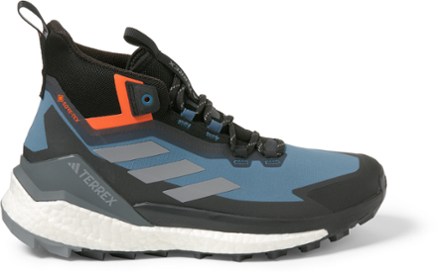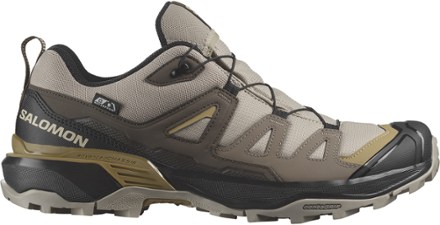Whether the sky above is a bright blue or steely gray, the sun's rays are raining down billions of photon particles per second on us. And, in addition to the warmth and light we crave, those kaleidoscopic rays contain ultraviolet (UV) radiation, the source of sunburn, premature skin aging and skin cancer, which more of us get than all other cancers combined.
If you plan to do the prudent thing and slather on sunscreen before your outdoor activity, then you have some choices to make. This article covers key considerations in selecting and applying sunscreen:
This article will cover:
- Sunscreen ratings
- Ingredient considerations
- Application guidelines
- Tips for total UV protection
Note: Clothing with UPF-rated fabric protects skin more effectively than any sunscreen. So your best strategy is to cover as much as possible with protective clothing and to save sunscreen for the remaining areas of exposed skin. Read Sun Protection Clothing: How to Choose for more details.
Understanding Sunscreen Ratings
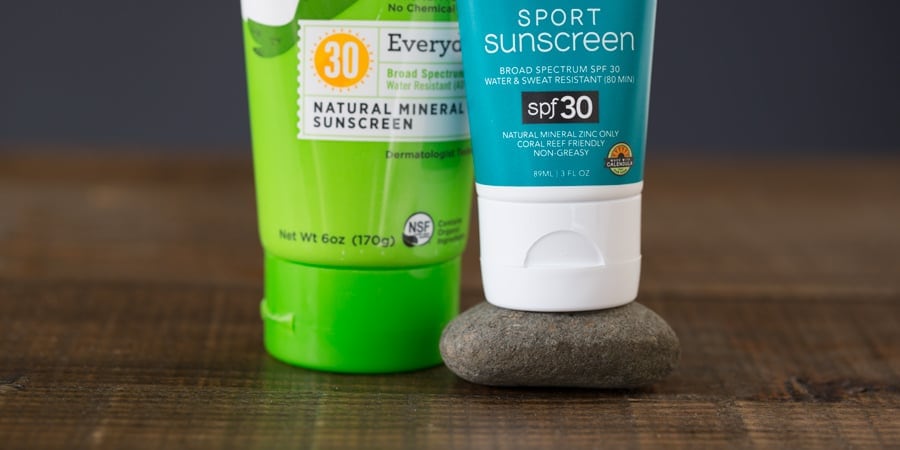
Sunscreen labels contain key info that helps you evaluate their effectiveness. All labels must list Sun Protection Factor (SPF), a number that reflects a sunscreen's ability to protect skin from rays that cause sunburn. In addition, sunscreens that pass the relevant tests might list other protections: broad-spectrum coverage against rays that prematurely age skin, and water resistance for a specified amount of time.
What SPF Ratings Mean
SPF is a number that indicates how well a sunscreen shields unprotected skin from damage caused by a particular type of UV radiation: sunburn-causing, skin-cancer-promoting UVB rays. The scale isn't simple and intuitive, though:
- SPF 15 blocks 93% of UVB rays
- SPF 30 blocks 97% of UVB rays
- SPF 50 blocks 98% of UVB rays
- SPF 100 blocks 99% of UVB rays
Keys to understanding SPF ratings. Keep in mind the following guidelines as you think about what SPF rating you want:
- SPF 15 is the minimum rating dermatologists recommend for any sun exposure.
- SPF ratings above 50 aren't meaningful. Nothing blocks 100% of UVB rays, and a sunscreen that touts an SPF 100 rating, which sounds impressive, will actually only block 1% more UVB rays than an SPF 50 sunscreen.
- SPF ratings don't tell you how long you can wait before reapplying. Though protection time is a factor in SPF testing, the Federal Food and Drug Administration (FDA), which regulates sunscreens, recommends that you reapply any sunscreen every two hours, regardless of its SPF rating.
What "Broad Spectrum" Means
Ultraviolet (UV) radiation includes rays of varying wavelengths. In addition to the UVB rays noted above, you need protection from UVA rays, which prematurely age skin and also contribute to skin cancer. Rather than a numerical rating, UVA-ray protection is indicated by a specific term: broad spectrum.
Sunscreens labeled broad spectrum shield skin from both UVB and UVA rays. The FDA says that a broad spectrum's UVA protection level will be roughly proportional to its UVB protection level (SPF rating).
Water and Sweat Resistance
"Water resistant" means the sunscreen is formulated to perform well despite the presence of water or sweat. Because no sunscreen lasts indefinitely when you're swimming or sweating, the FDA bans the use of "waterproof" or "sweatproof" on product labels. They have a specific test, though, and you should find one of two ratings:
- Water resistant for 40 minutes
- Water resistant for 80 minutes
Be aware, though, that toweling off your skin removes sunscreen. So, regardless of the water resistance rating and time you think you should have left, you need to reapply sunscreen immediately after you use a towel.
Ingredient Considerations
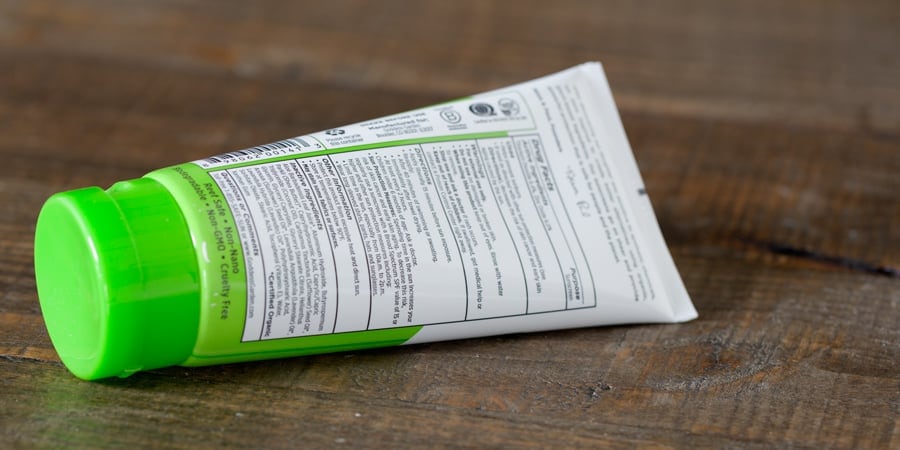
The FDA regulates what ingredients are allowed in sunscreens. The list below highlights some of those key ingredients, including ones that FDA critics are wary about:
Oxybenzone: Because this chemical has been implicated in harming coral-reef ecosystems worldwide, certain nations and the state of Hawaii have banned sunscreens containing this ingredient. Highly effective against UVB rays and widely used in sunscreens, oxybenzone has also caught the eye of health researchers, who have found trace amounts of it in blood samples of people throughout the U.S. Most countries, including the U.S., limit the percentage of oxybenzone in sunscreens.
Octinoxate: This chemical sunscreen ingredient is also banned in Hawaii because of concerns that it has negative effects on coral health.
(Note: Some sunscreens are labeled as "reef-safe" or "reef-friendly." These terms do not have agreed upon definitions, and their use is not regulated by the FDA or managed by a standard-setting organization. Most commonly, these terms are used to identify sunscreens that do not contain oxybenzone and octinoxate. However, there are other sunscreen ingredients and various environmental factors also suspected of impacting coral health. Climate change and many other variables have been linked to the decline of coral reefs, so it is hard to parse out which factors are of greatest concern.)
Para Amino Benzoic Acid (PABA): Causes allergic and photosensitivity reactions in some people. Products that do not use it often state "PABA-free" on their labels.
Parabens: These are preservatives (e.g., methylparaben) found in some skin-care products including some sunscreens. Butylparaben has been implicated in coral reef bleaching, and some health questions surround parabens in general, so a growing number of brands omit them and promote their sunscreens as "paraben-free."
Fragrances: Other than the fact that they're not really needed, the concern here is that they can sting your eyes or trigger allergic reactions. So they're good to avoid for kids, as well as adults who expect to swim or sweat.
Nano particles: The ability to make these incredibly small particles is relatively new and their properties are not fully understood yet. They can pass easily through cell membranes, for example, which can be valuable for some purposes but concerning as well. No nano-particle risks have been found in sunscreens, but you might see sunscreens stating that they are "nano-free" or "non-nano." There is no approved definition of these term by the FDA, but there are definitions approved in Europe and Australia, and some brands use those definitions to create their products.
Zinc oxide and titanium dioxide: Mineral sunscreen ingredients block UVA and UVB rays. Unlike sunscreens that rely on synthetic chemicals to block rays, products that contain these mineral ingredients sometimes market themselves as "natural" "organic" or "reef-safe." Many sunscreens that contain these minerals use nano particles, in part, to provide a smoother, clearer application.
Learn more: For a more comprehensive look at ingredients of concern, you can check out information from organizations like the Environmental Working Group (EWG). It's also worth reminding yourself, though, that the science behind skin-cancer risks and current sunscreens' ability to reduce those risks is indisputable.
Application Guidelines
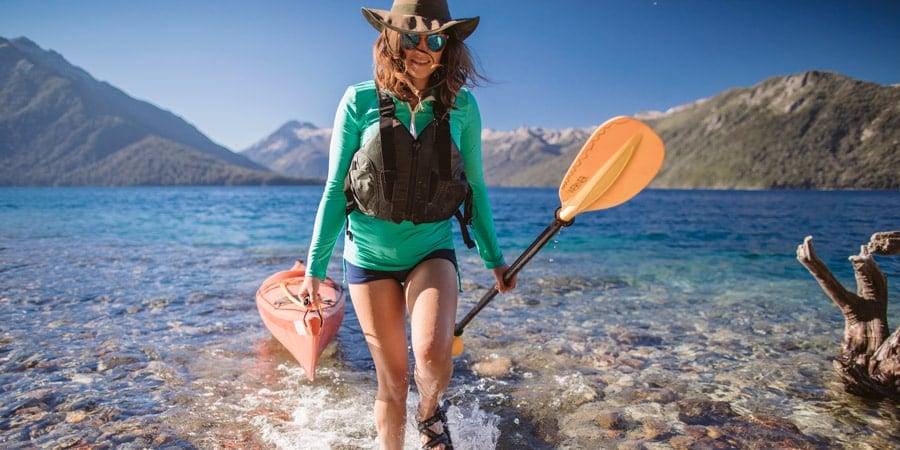
Almost everyone uses too little and almost no one puts it on correctly. Embrace the application tips below and you'll be one of the few who uses sunscreen the right way:
- Far more important than the sunscreen you choose is the way you apply it. An SPF 50 sunscreen applied haphazardly provides much less protection than an SPF 30 (or SPF 15) sunscreen applied conscientiously.
- Apply 15 minutes before sun exposure. This is true of all sunscreens.
- Use massively more sunscreen than you think you should. A rule of thumb for a person wearing shorts and a T-shirt is to use at least an ounce (visualize a full shotglass), and make sure you cover every square inch of exposed skin.
- Reapply at least every two hours. True for all sunscreens, this is another guideline that many people are lax in following.
- Pack enough for the trip. Though it might sound like a sunscreen sales ploy, dermatologists will tell you that two people on a four-hour hike on a sunny day should use an entire 4 fl. oz. tube. To put it another way, if you're looking at an old tube's expiration date, you might not be bringing enough (and you likely didn't apply enough last time you used it).
- Use a sunscreen rated SPF 15 or higher daily. This is a recommendation from the Skin Cancer Foundation. The foundation suggests SPF 30 or higher for extended outdoor activity.
Sunscreen and infants: Use only shade to protect kids under 6 months of age because their skin can easily absorb sunscreen.
Spray sunscreens: The FDA recommends against using sprays on kids because of the likelihood of inhalation and respiratory problems like asthma. In addition, sprays encourage the application of too little sunscreen. Sprays can be handy for applying over thinning hair, though a hat is still your best bet there.
Sunscreen expiration dates: A rule of thumb is that a sunscreen is good for up to three years, though the best indicator is the "use by" date on a product. Whenever possible, store sunscreen in a cool dry place because heat and humidity hasten its demise.
Total UV Protection
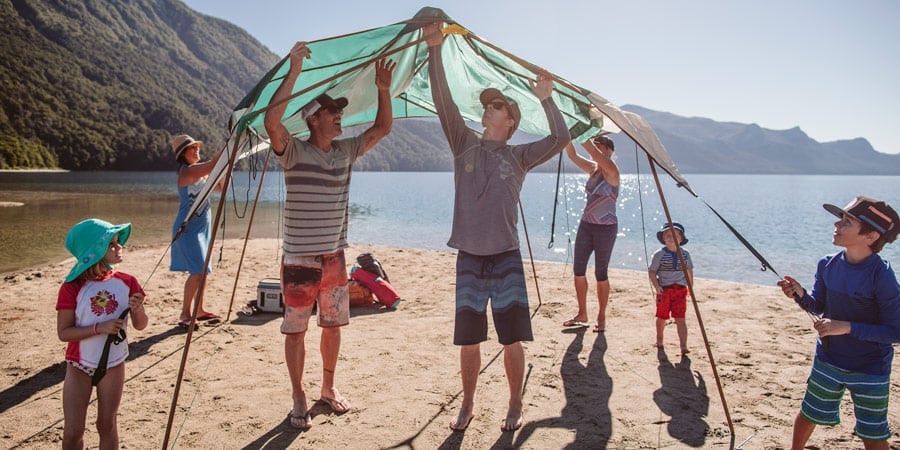
Conscientious UV protection requires a multifaceted approach:
- Wear clothing with UPF-rated fabrics.
- Liberally apply sunscreen to all remaining exposed areas of skin.
- Wear sunglasses that offer 100 percent UV-ray protection.
- Seek shade whenever possible.
- Monitor—and limit—the amount of time you expose yourself to UV radiation, especially during peak daylight hours—roughly from 9 a.m. to 3 p.m.
- Remember that filtered sun can still damage your skin, so protect yourself on cloudy days, too.
Factors that call for extra vigilance in reducing your UV exposure, including proper use of sunscreen. Risks from exposure to UV rays greatly increase when any of the following factors come into play:
- You have a pale skin tone. If you have dark skin, though, don't assume you can skip sunscreen, because your skin can still suffer UV damage, though it won't be as easy to detect.
- You're putting it on your child. Kids have thinner, more sensitive skin. Damage at an early age can also increase their risk of more serious problems later in life.
- You're taking certain medications: Sun sensitivity is increased by drugs such as acne treatments, antihistamines, antibiotics, anti-inflammatories and herbal supplements. Double-check all medications for cautions about the sun.
- It's summer time. Light is more intense in summer than it is in winter.
- You'll be outside at midday. Light is more intense at midday than it is in the morning or afternoon.
- You'll be at high altitude. The higher you climb, the more intense the sunlight.
- You'll be in a tropical or a polar region. Sunlight is less intense at other latitudes.
- You'll be where there's water or snow. You can also get burned purely by reflective light, so you should wear sunscreen even when you'll be in full shade and on (or near) water or snow.
- You're in a high Ultraviolet Index (UVI) area: The UVI is a rating scale—0-2 (low) to 11+ (extreme)—which indicates the daily amount of UV rays reaching the Earth's surface in a given location. The U.S. Environmental Protection Agency (EPA) offers UVI forecasts by ZIP code.
- You're applying sunscreen to vulnerable areas. The nose, ears and backs of hands and neck tend to get more sun exposure than other areas of your body.

